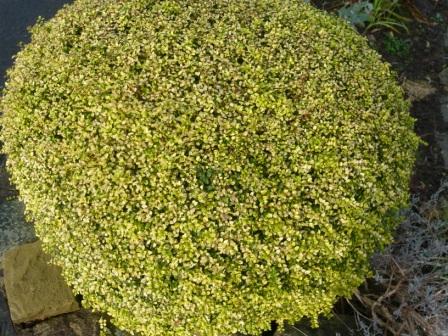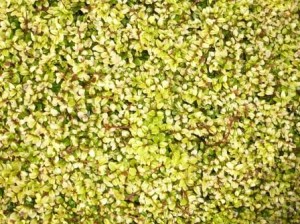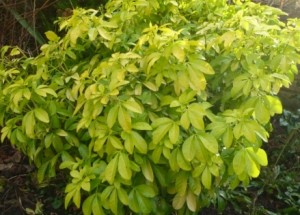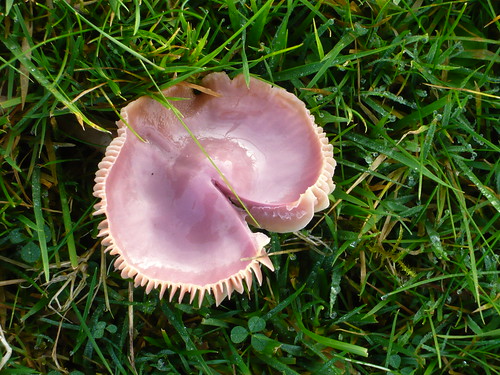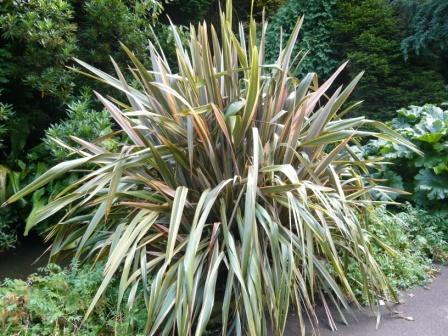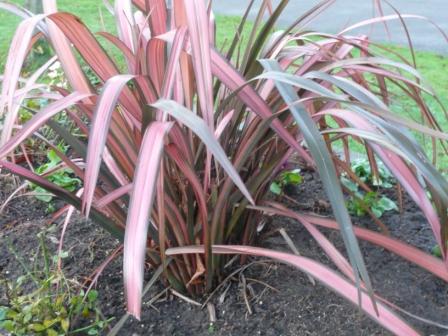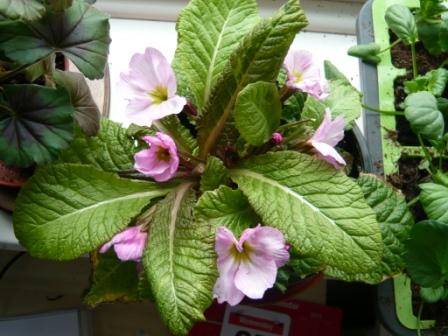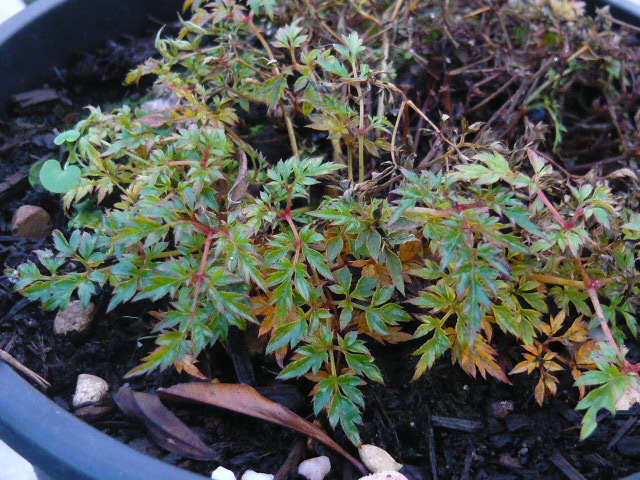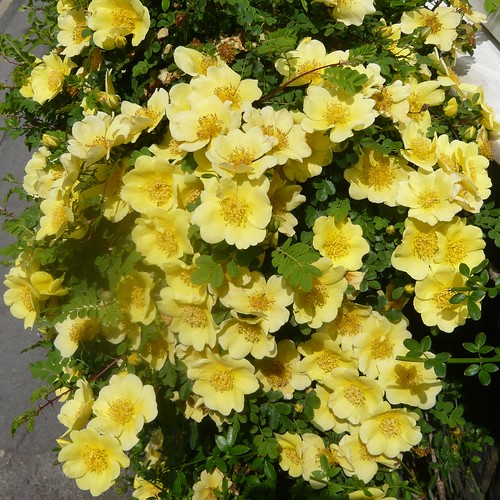
It is hard to know where to start with Rhododendrons and the 850+ species. Perhaps a good book will help the beginner get an overview.

Failing that there is membership of the RHS specialist section The Rhododendron, Camellia & Magnolia Group.
www.rhodogroup-rhs.org/ This society controls ‘The International Rhododendron Register and Checklist’ of the named 29,000 +varieties, cultivars and group names.
Gardenerstips
- Look out for plants with the Award of Garden Merit including the following Lepidote species Augustinii, Edgeworthii, Keiskei, Racemosum and Yunnanense.
- Elepidote species are generally larger and AGM’s include Niveum, Morii, Fluvum, Arboreum and Decorum.
Soon the display of colourful Rhododendrons will falter and be over for another year. I still like the leaf colours, textures and shapes and Rhododendrons are easy to for.
There are some good tips to get a great show next spring, it is never to early too start.
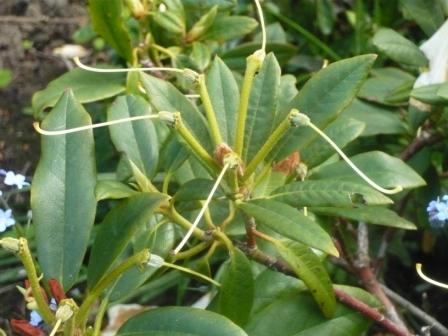
Deadheading Rhododendrons
On the above photo the petals have just fallen and the long, tubular seedheads are just beginning to form.
It is not worth letting the seedheads fill up and develop as you are unlikely to be trying to breed your own from seed. So any energy put into the seedheads is energy lost from next years plant and flowers.
If you look closely on the next picture you will see that at either side of the seed spikes there are leaf buds. Generally there are two leaf buds for each dead flower.
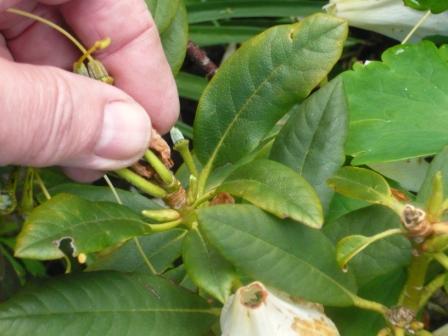
It can be a long job on a large Rhododendron but I pinch out the seedheads to divert energy back to the shrub and give the leaf buds space to develop.
Pinching the often sticky seedsheads, I give a twist to break the stem just above the new leaf joint. It only takes a little practice, you soon pick up the knack without causing any damage. To me it is therapeutic on a warm spring afternoon to be helping channel the natural energy into plants that have given so much pleasure already.
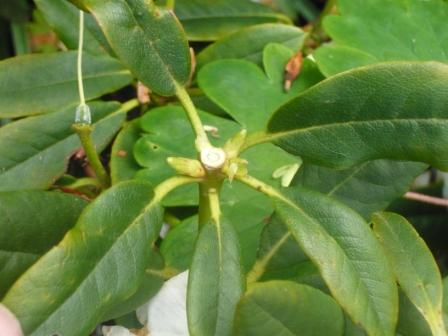
Here you can see the seeds have been removed and added to the compost heap. The light green new buds will generate leaves and new branches that can develop in the space now vacated.
Failing to deadhead is not to say leaving the shrub to its own devices will be a failure but as we are growing for ornamental purposes every bit to care helps. In the wild Rhododendrons manage quite nicely thank you without this TLC.
Rhododendron Care after Flowering
Try some commonsense housekeeping but leave the pruning shears in the shed.
New flower buds for next year are formed on Rhododendrons during summer so I try keep them well supplied with water.
Rhododendrons are shallow rooted so they like a drink and an occasional feed of ericaceous fertiliser.
After flowering and a wet spell in late spring I often give the Rhododendrons a top dressing of peat (Agh! I hear some of you say but it is the natural ericaceous medium for Rhododendrons).
I also sometimes spray with diluted Miracle Grow ericaceous fertiliser.
Keep the area weed free. I find the canopy of Rhododendron leaves works well keeping weeds down.
